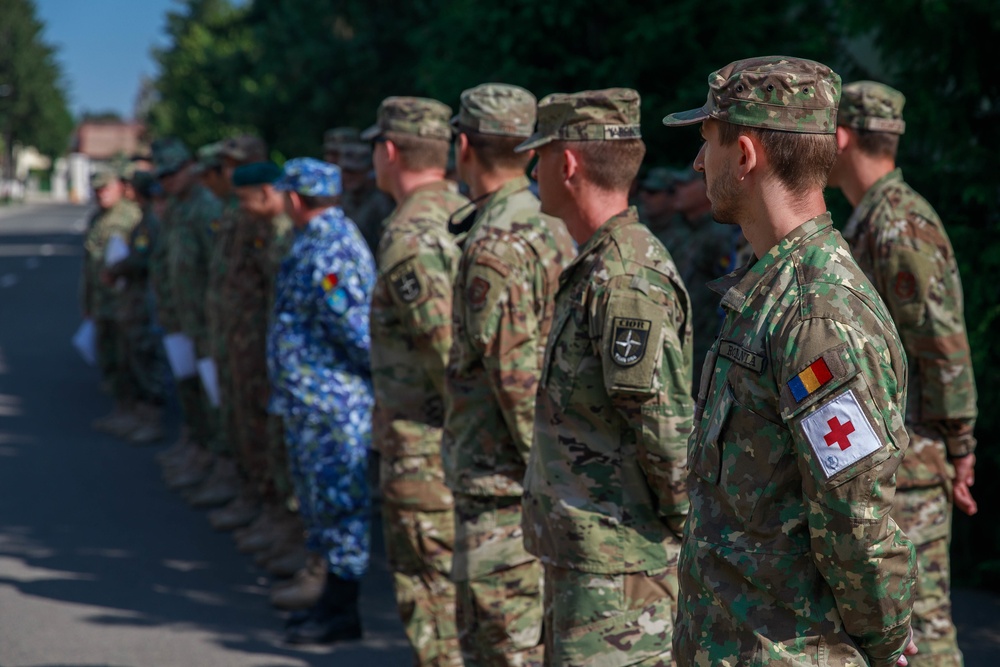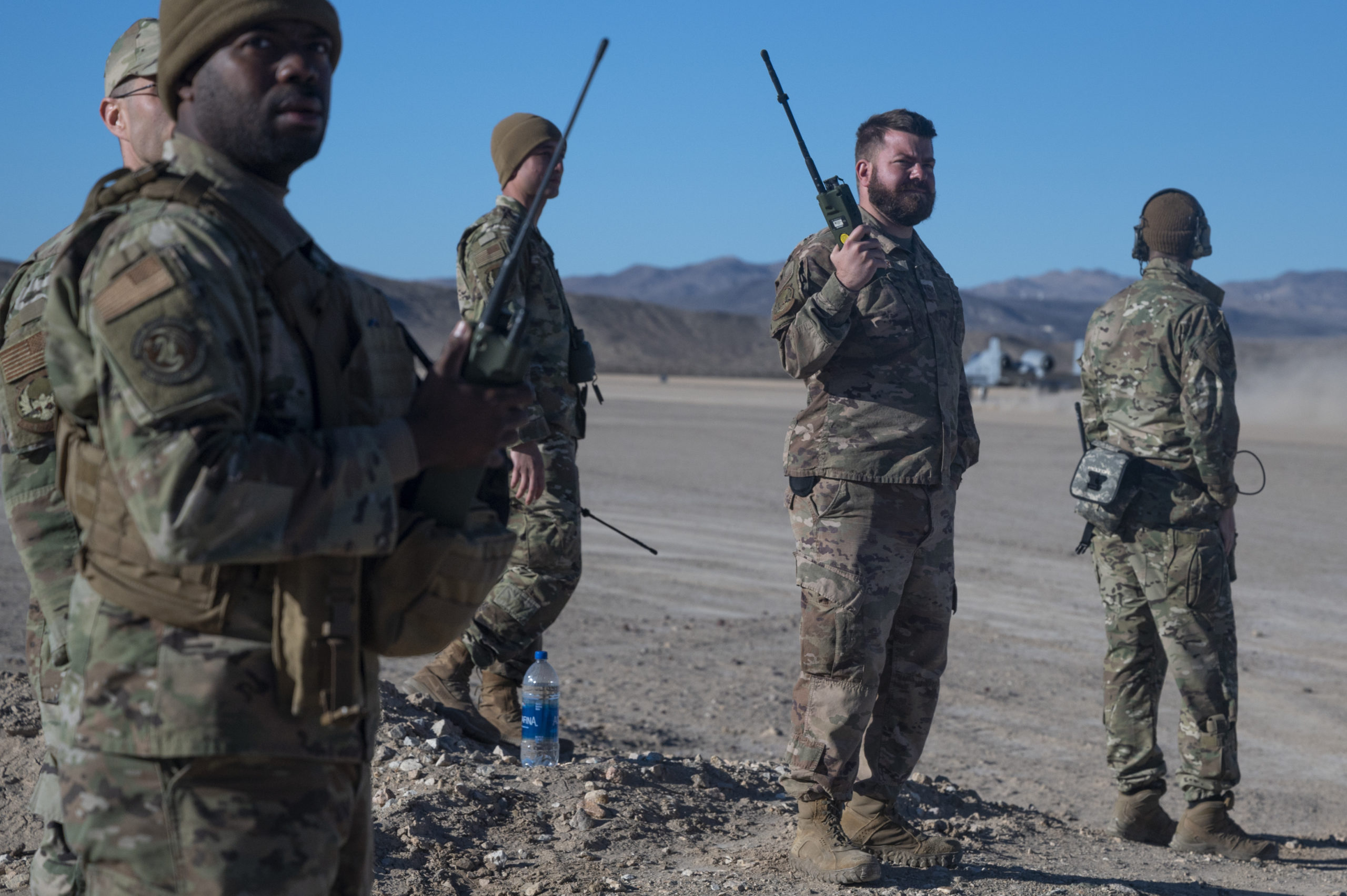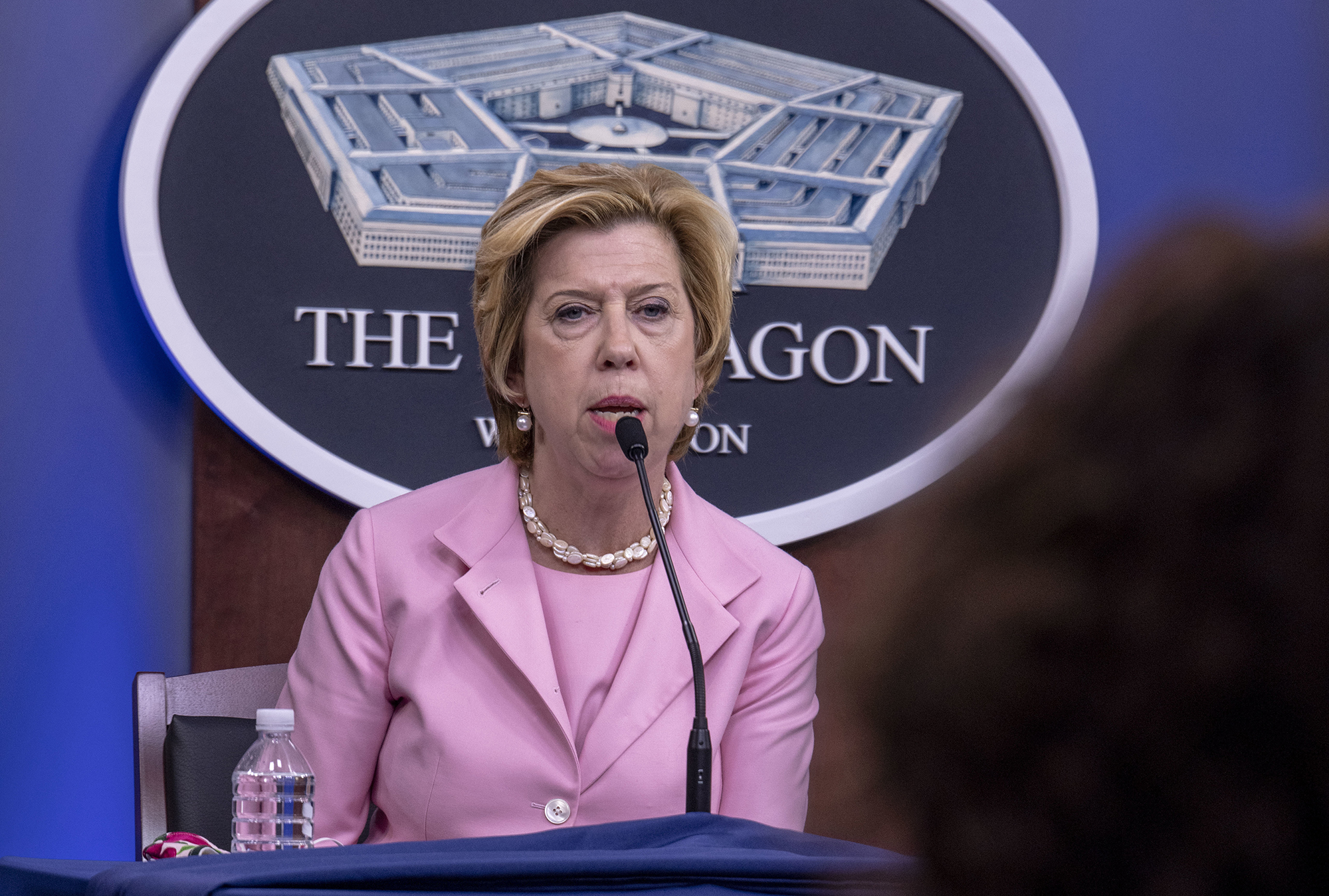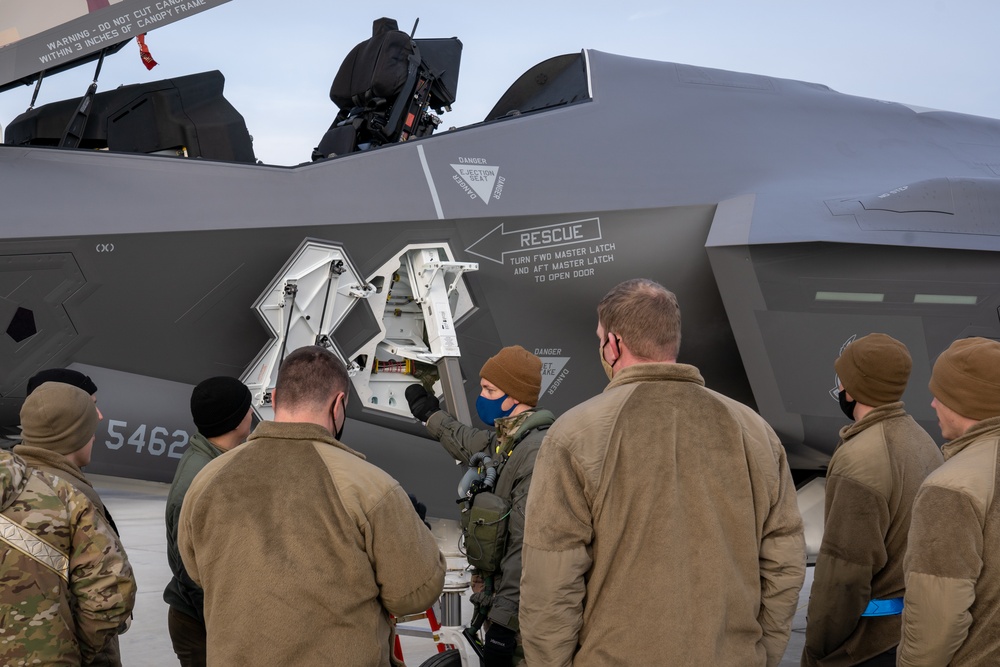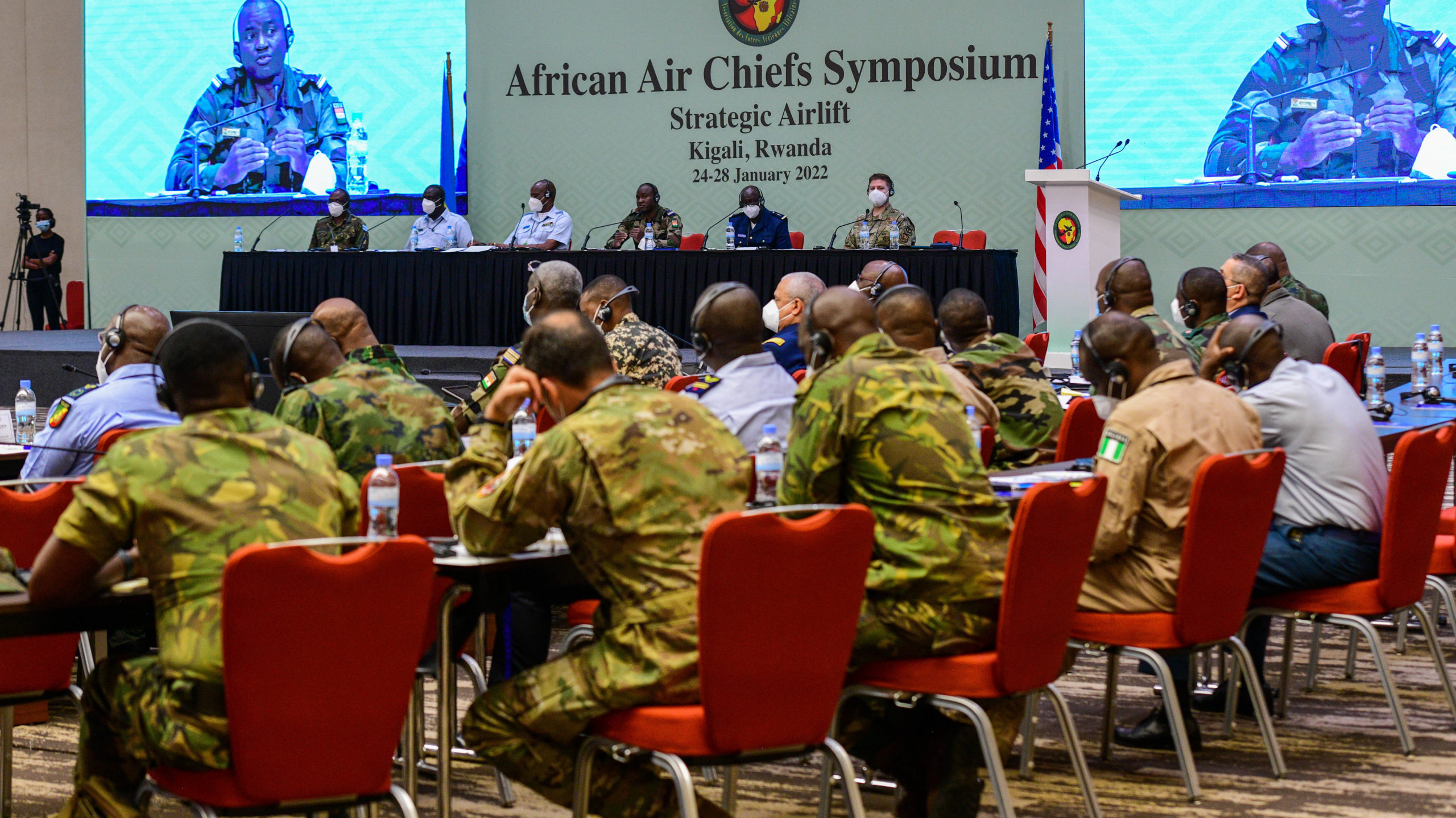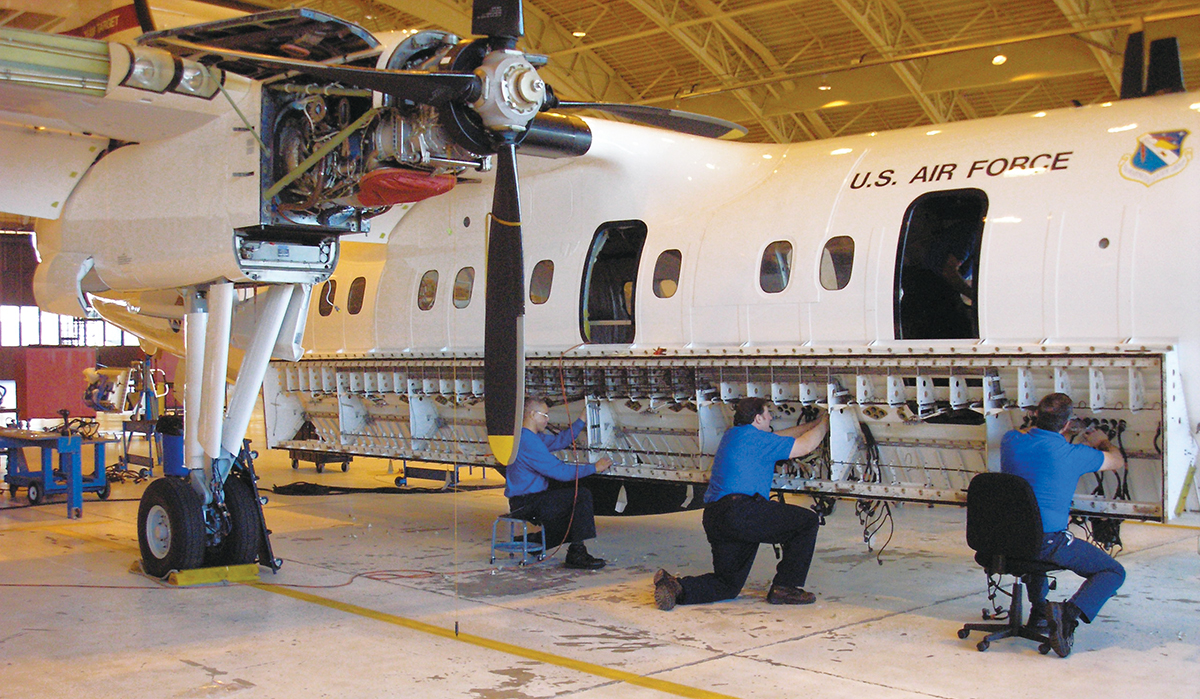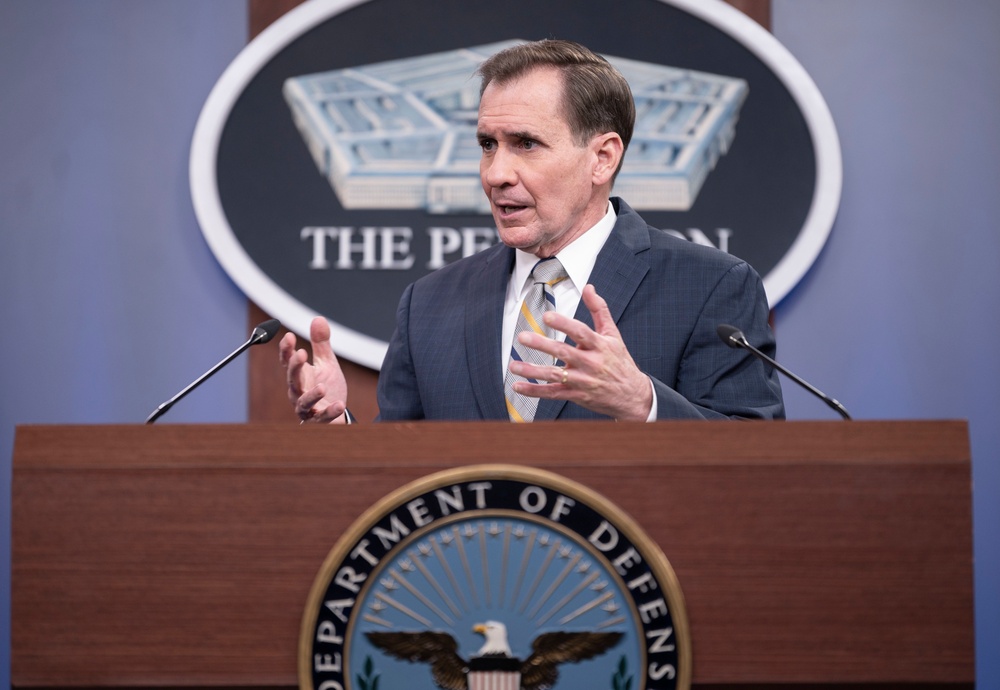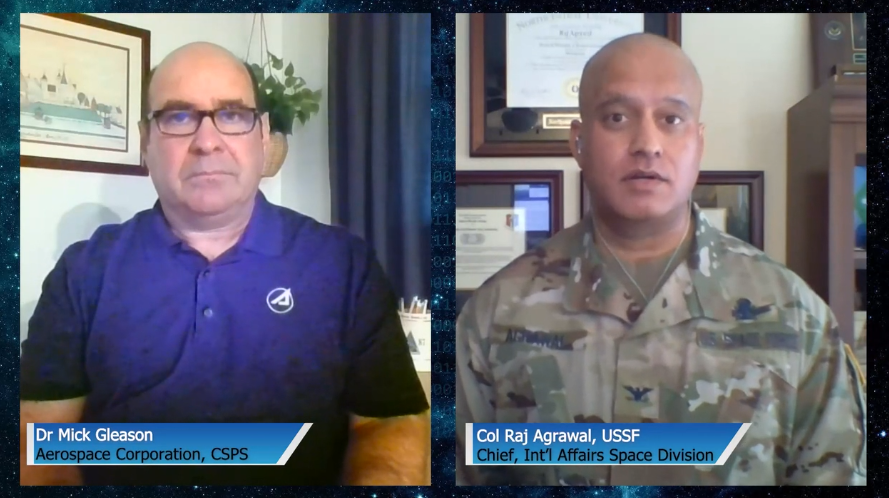The Defense Department is moving roughly 3,000 Soldiers to Germany, Poland, and Romania in the coming days. The U.S. looks to bolster NATO’s eastern flank while Russia continues to buildup forces on the Ukraine border, Pentagon Press Secretary John F. Kirby announced Feb. 2.
A Stryker squadron of approximately 1,000 service members is moving from Germany to Romania, joining more than 900 American troops already in the country. Roughly 1,700 troops from the 82nd Airborne Division stationed at Fort Bragg, N.C., will deploy to Poland, and another 300 members of the 18th Airborne Corps will deploy to Germany.
“The current situation demands that we reinforce the deterrent and defensive posture on NATO’s eastern flank,” Kirby said. “President [Joe] Biden has been clear that the United States will respond to the growing threat to Europe’s security and stability. Our commitment to NATO Article V and collective defense remains ironclad.”
The movements are separate from the 8,500 troops that were put on alert last week to prepare to deploy to Europe for a potential Ukraine contingency within five days. Those forces are intended to be part of the NATO Response Force, which requires consensus within the alliance to activate—which has not been reached yet.
Kirby previewed the troop movements on Jan. 31, saying the Pentagon had been in discussions with allies in Eastern Europe to provide an increased presence via a bilateral agreement. On Feb. 2, Kirby said Defense Secretary Lloyd J. Austin III had spoken with the Romanian Defense Minister last week and the U.S. troops are being moved to the country “at the express invitation of the Romanian government.”
Romania’s interest in hosting more American troops has been public for some time now—Romanian President Klaus Iohannis publicly stated as much in mid-December. The Black Sea nation doesn’t directly border Russia, but it shares a border with Ukraine, and the buildup of more than 100,000 Russian troops along the Russia-Ukraine border has stoked fears of a potential invasion.
Biden has repeatedly said he will not send American troops into combat in Ukraine, and Kirby took pains to emphasize the new movements aren’t aimed at that.
“I want to be very clear about something: These are not permanent moves. They are moves designed to respond to the current security environment,” Kirby said. “Moreover, these forces are not going to fight in Ukraine. They are going to ensure the robust defense of our NATO allies.”
While no Air Force units are being deployed at this time, Air Mobility Command will be tasked with transporting the Army units.
“This is a reasonable amount of forces that Air Mobility Command will be able to transport. I don’t foresee a need for some sort of surge of airlift activity to get these folks over there,” Kirby said.
There are also currently F-15Es from the 4th Fighter Wing based out of Seymour Johnson Air Force Base, N.C, flying in Estonia as part of NATO’s enhanced air policing mission. Those fighters are scheduled to be deployed until the end of the week. Kirby was asked during a press briefing if that deployment might be extended, but he did not have a definitive answer, saying that his “hunch” was that there would be no extension.
Still, more troop movements in the coming days and weeks are possible, Kirby said. The 8,500 put on alert remain so, and Austin has put other units on alert to be ready to deploy as well, Kirby said, though he declined to detail what units those were.
At the same time, France announced it will send several hundred troops to Romania, a move Kirby said the Pentagon welcomed.
